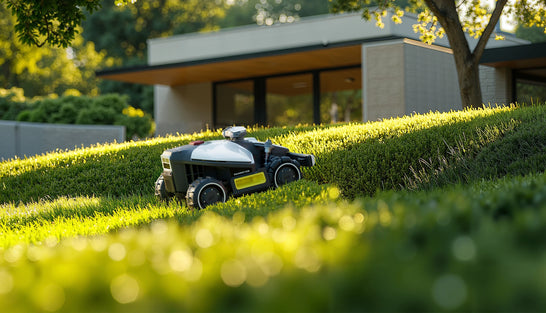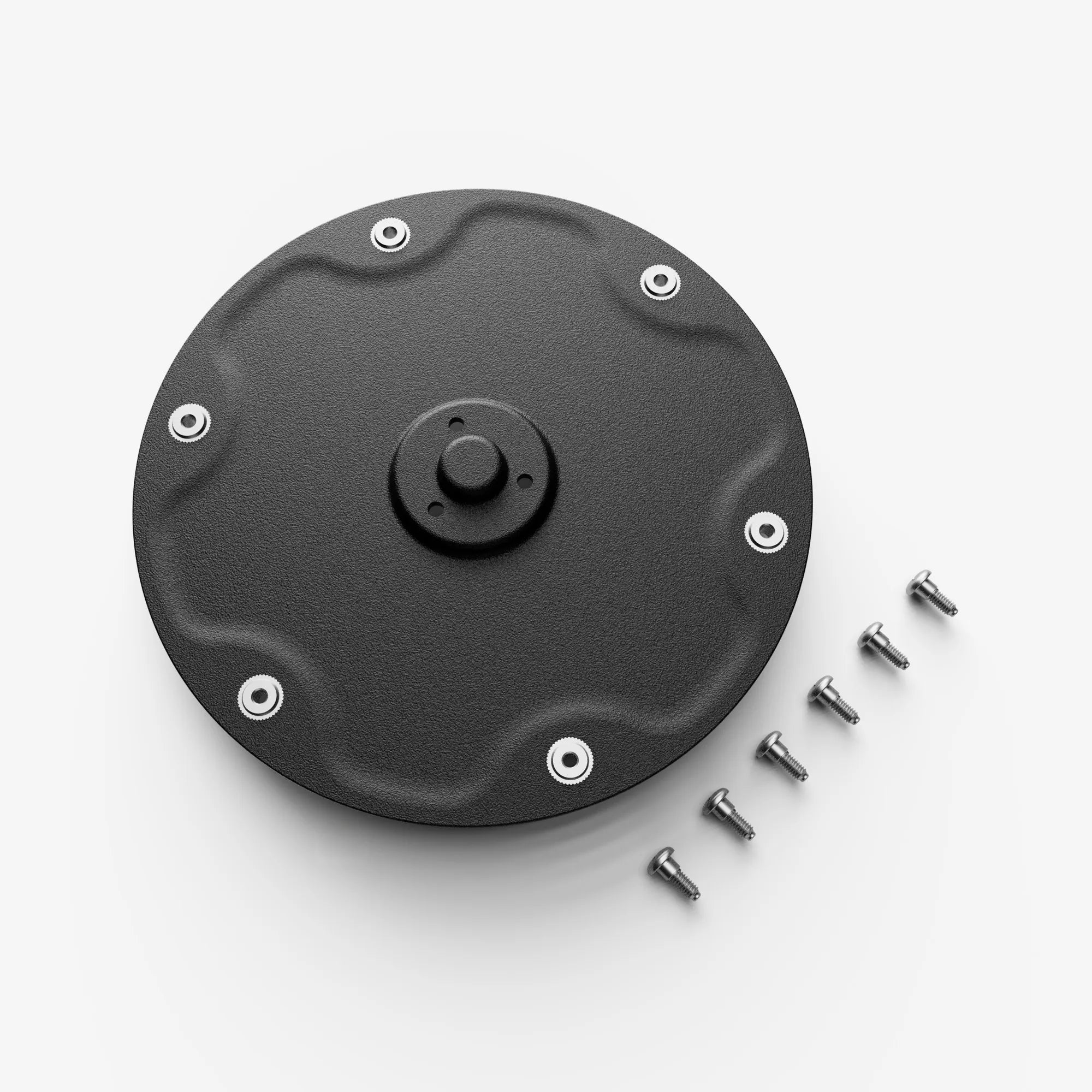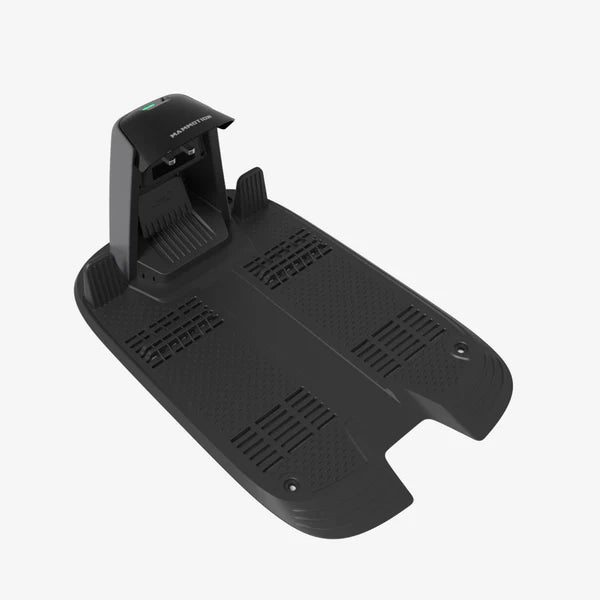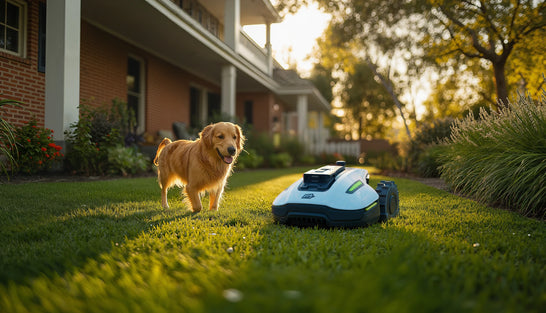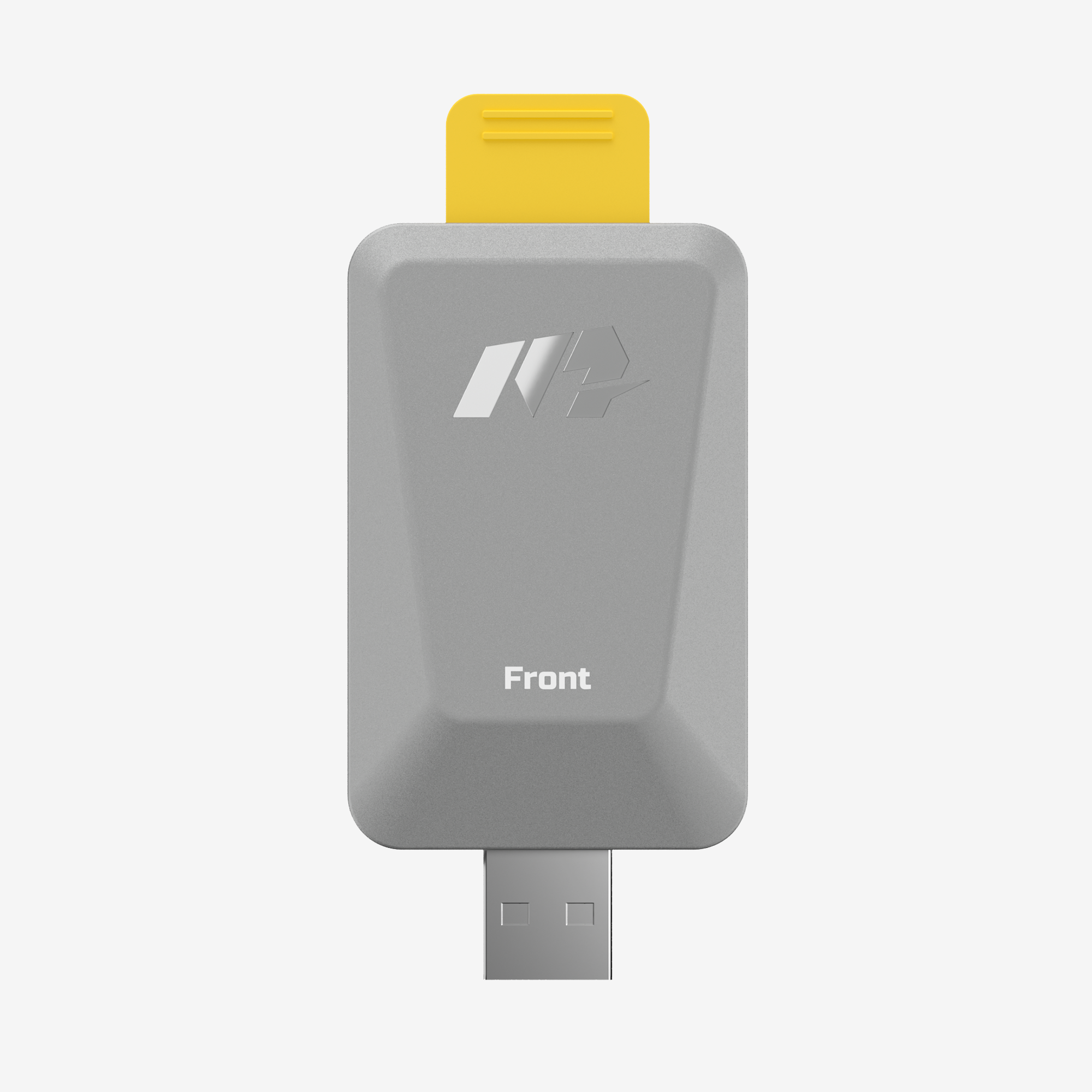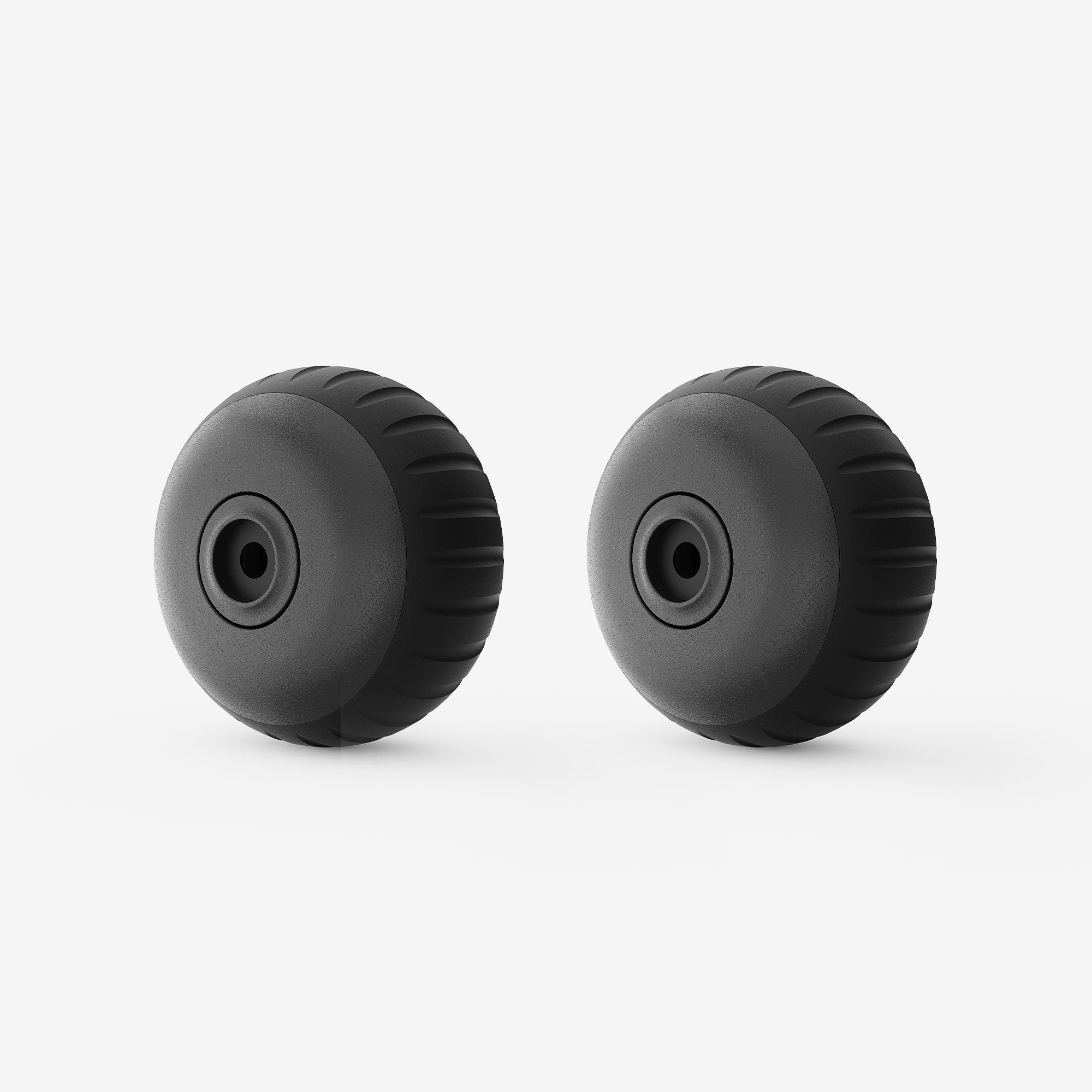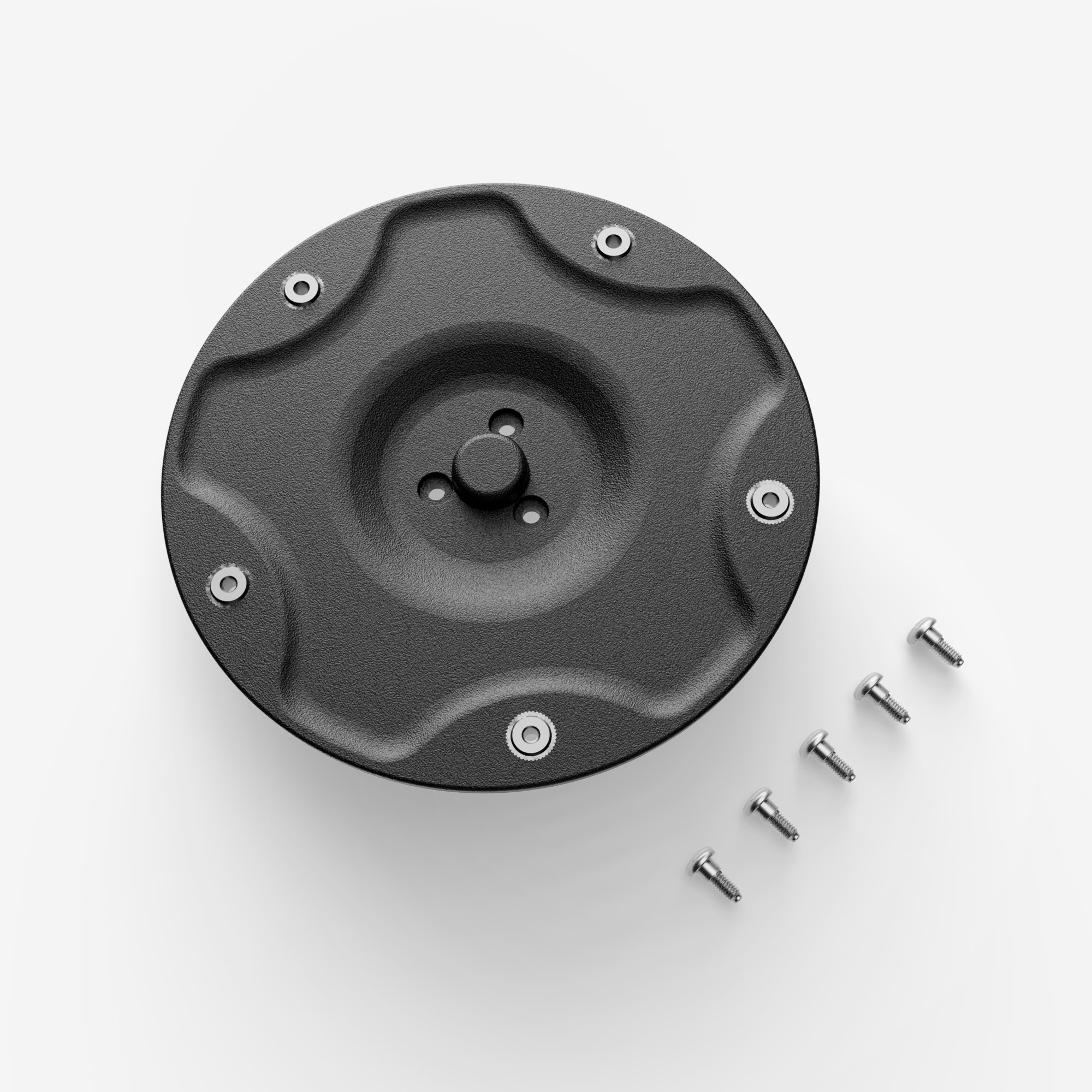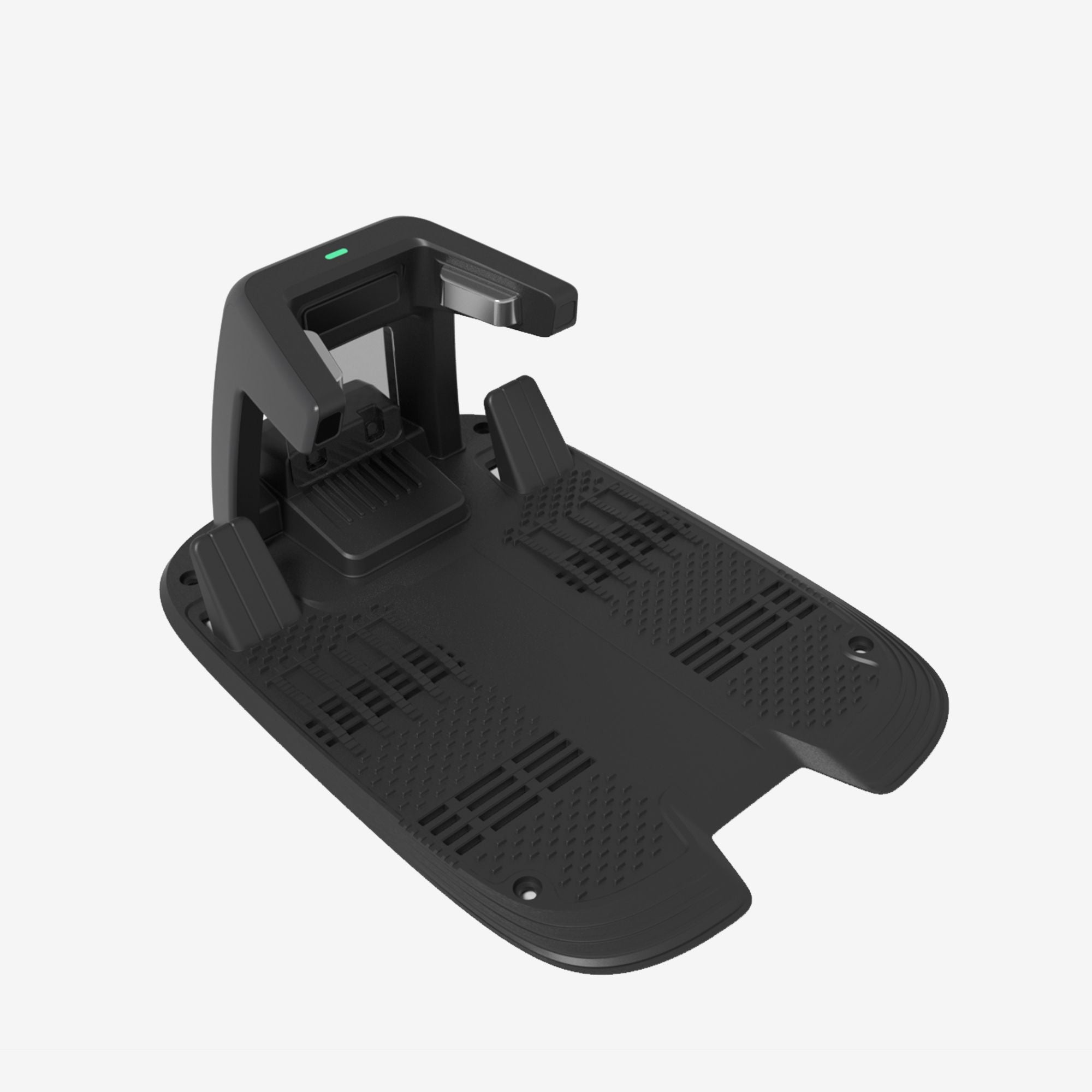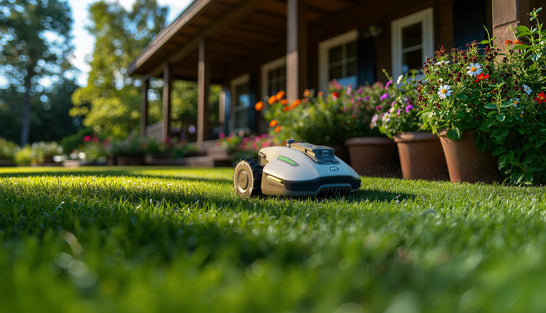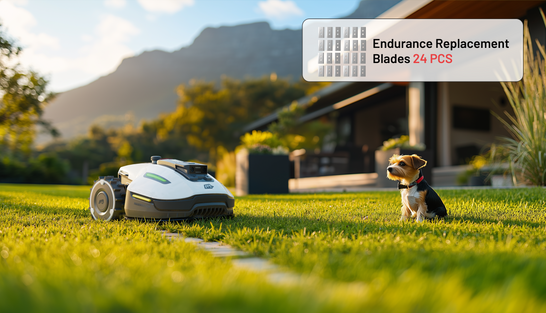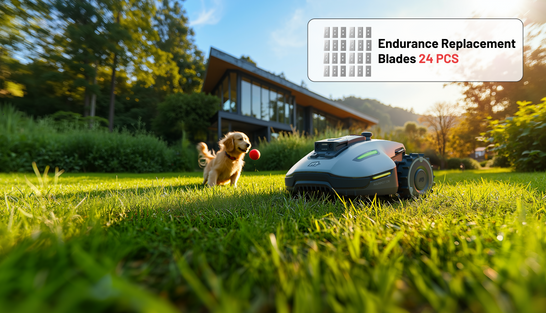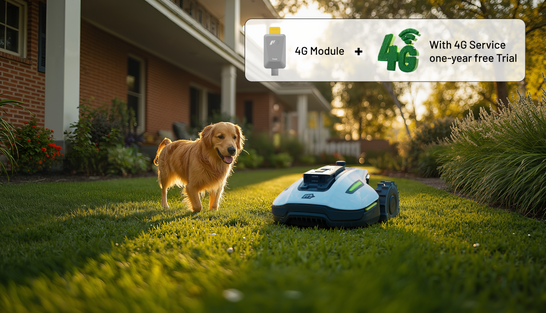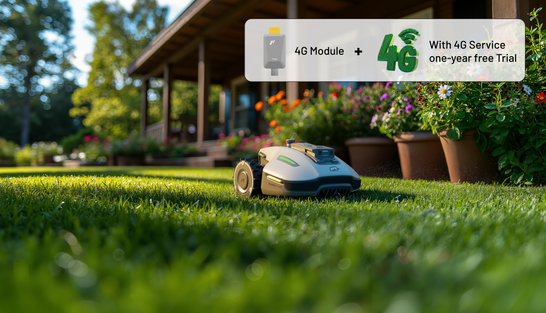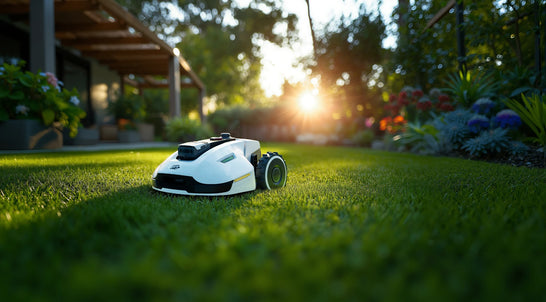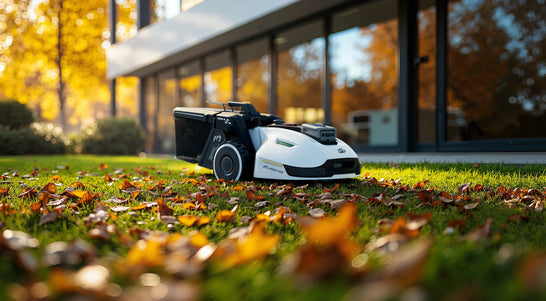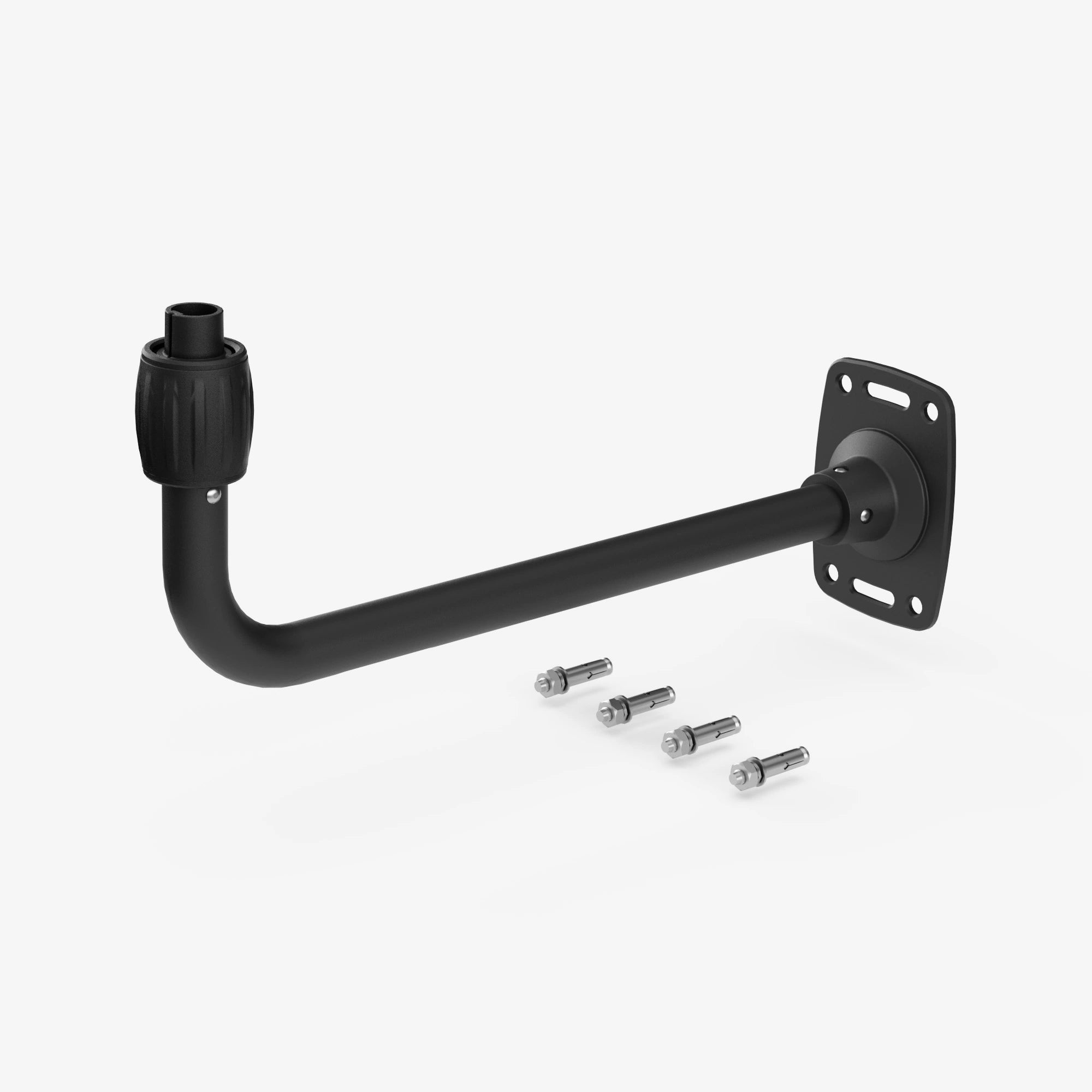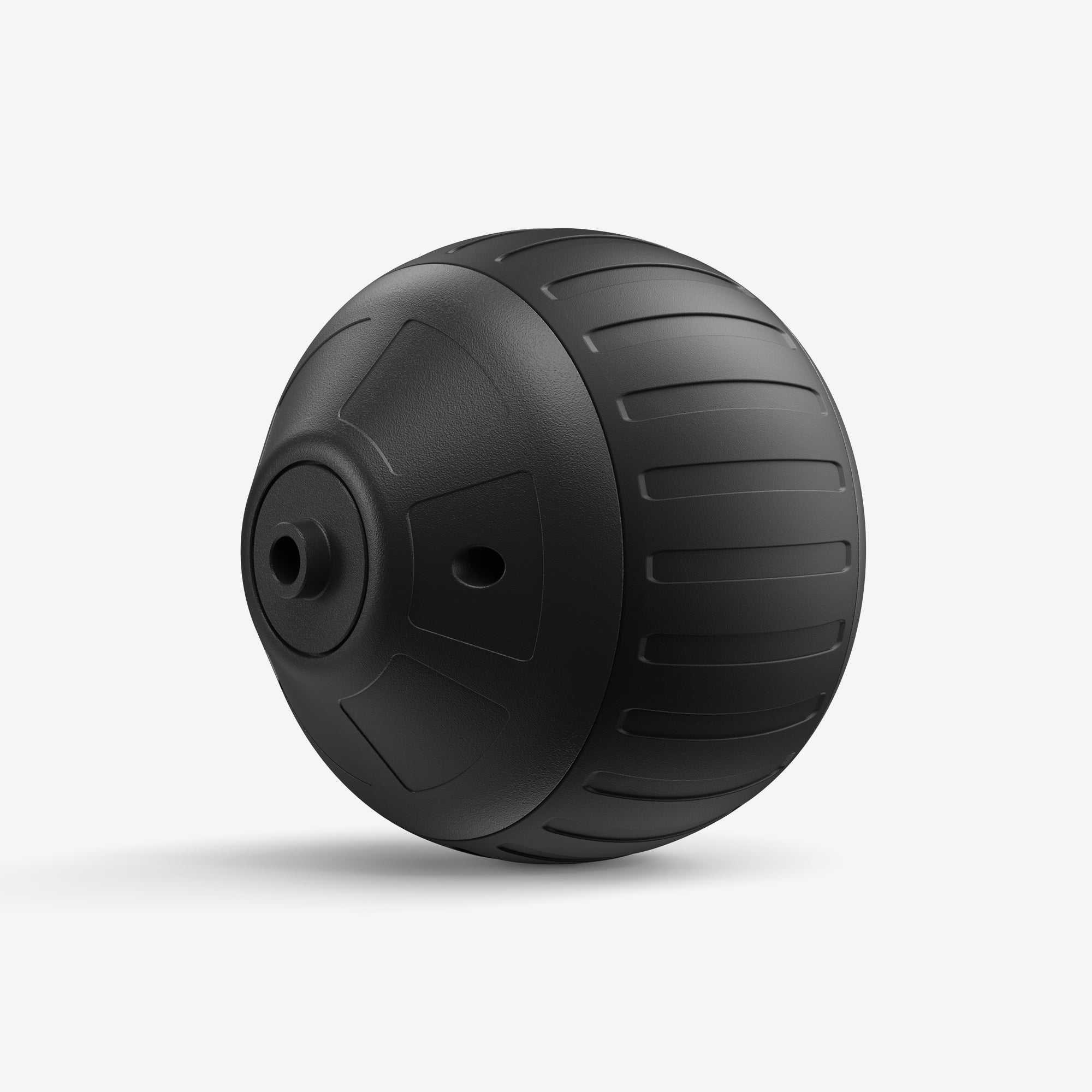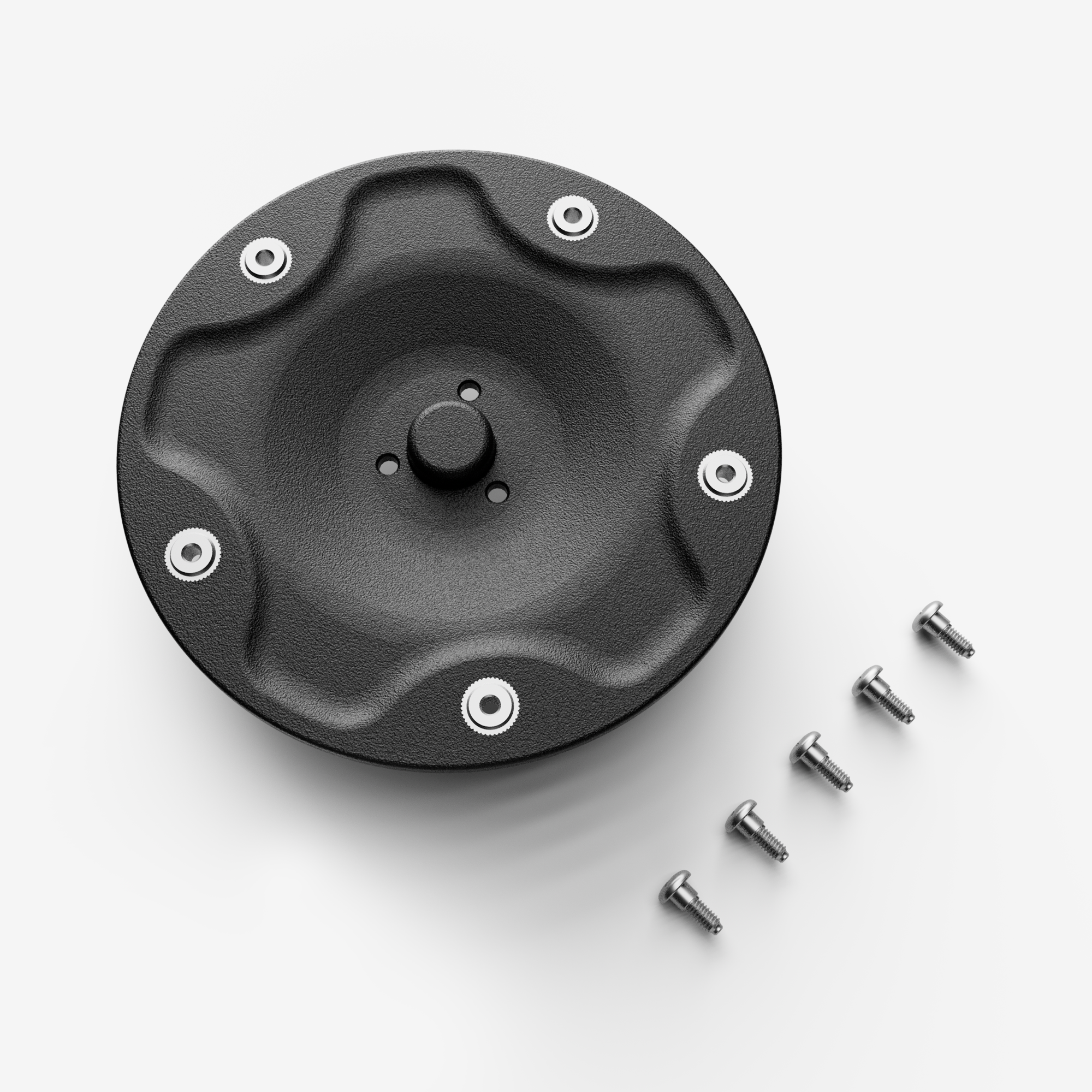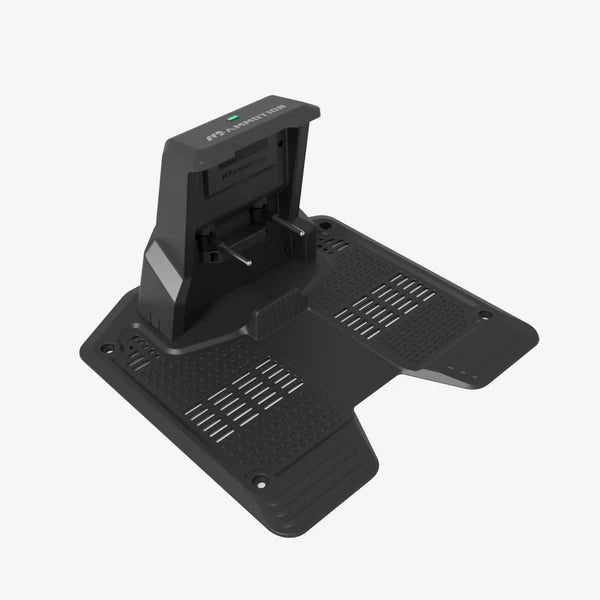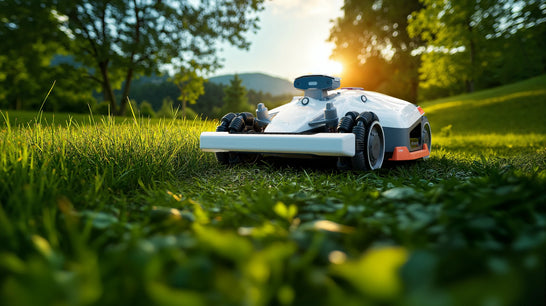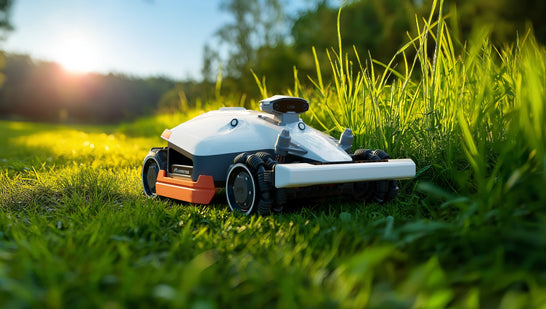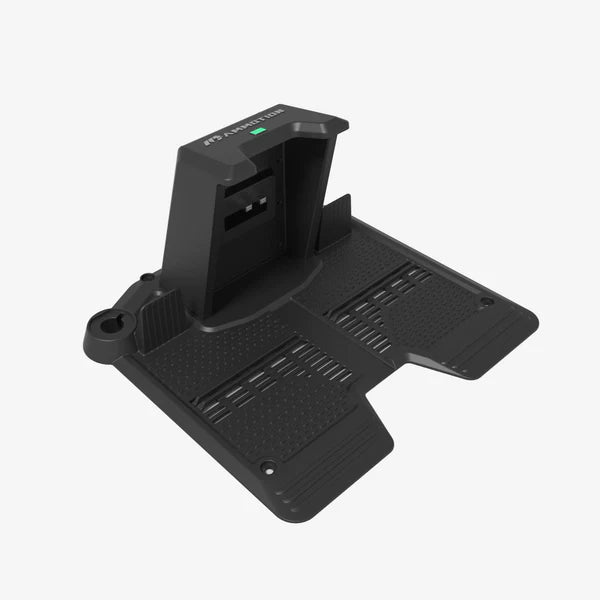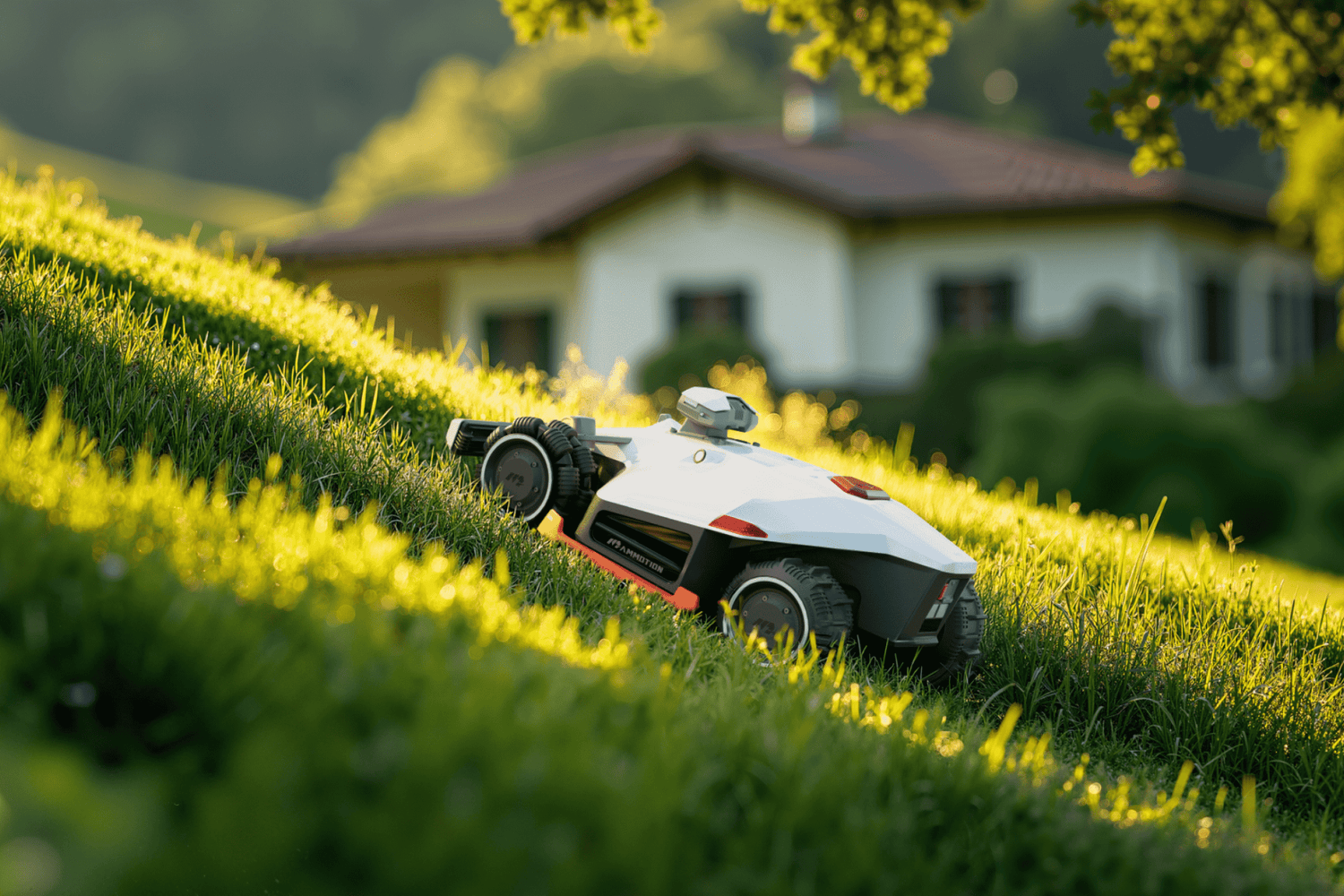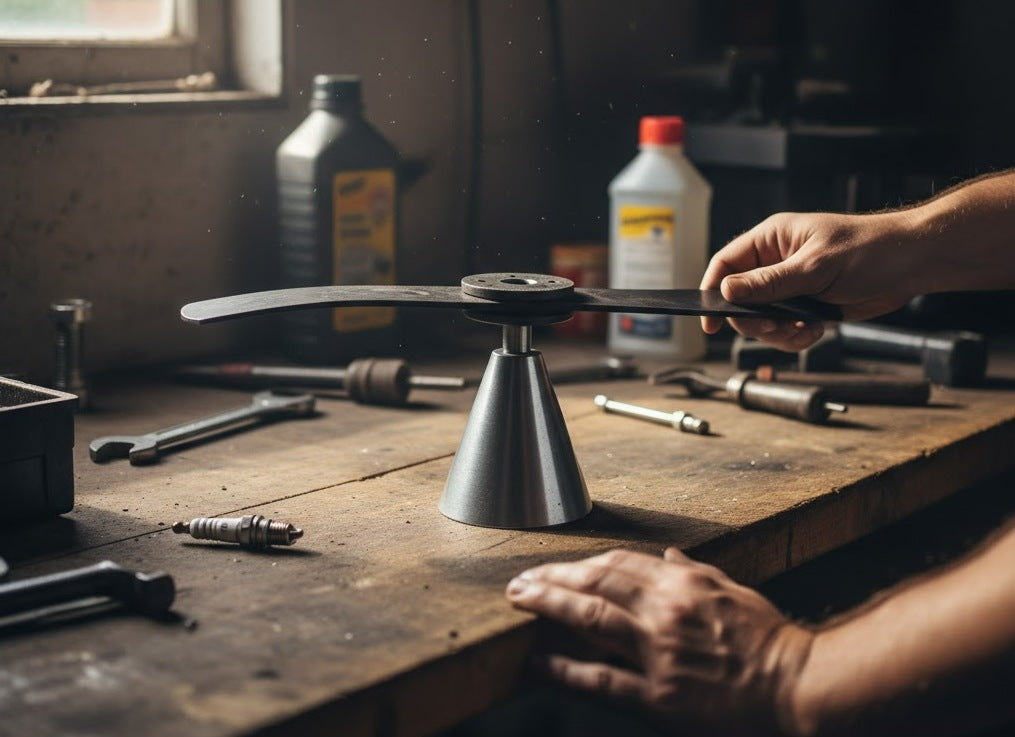Why Maintenance Matters: Protecting Your Investment
AWD robot lawn mowers aren’t just tech gadgets—they’re workhorses engineered for challenging landscapes. With advanced features like torque-sensing motors, gyroscopic stabilization, and multi-zone navigation, they do a lot more than just cut grass. But like any machine designed for rugged use, they require smart, consistent maintenance to stay sharp.
Neglecting upkeep can lead to subtle—but costly—problems: decreased traction on hills, uneven cutting, excessive battery drain, or navigation errors. Worse, these issues often build up gradually, meaning by the time you notice performance has dropped, you’re already looking at repairs.
On the flip side, a well-maintained AWD robotic mower will give you years of consistent cutting, fewer breakdowns, and safer operation, especially on complex or sloped yards. Whether you spent $1,000 or $4,000 on your mower, protecting that investment starts with just 10 minutes of care a week. Also helps you decide if you need an AWD mower.
Weekly Maintenance Checklist: 10-Minute Routine
You don’t need a toolbox or a technician’s license to keep your AWD robot mower running like a champ. Just 10 minutes once a week is enough to prevent 90% of performance issues that typically show up over time.
Here’s your quick-hit weekly checklist:
- Clean the wheels and treads – AWD lawn mowers rely on traction. Mud, grass clumps, or stuck debris can lead to slippage or cause the mower to veer off course—especially on inclines.
- Wipe the sensors – Obstacle detection, slope compensation, and docking accuracy all depend on clear optics. Use a soft microfiber cloth to gently clean any visual or ultrasonic sensors.
- Inspect the blades – Dull blades don’t just cut poorly; they strain the motor and shorten battery life. Do a visual check and clear away wrapped grass or weeds from the awd mower. If the blades are nicked, rotate or replace them.
- Check the charging contacts – Look at both the robot mower and the base station. Use a soft brush or contact cleaner if there’s corrosion, especially after rainy weeks.
Think of this like brushing your teeth—not exciting, but if you skip it too long, things get expensive fast.
Monthly Deep Maintenance: Preventing Long-Term Wear
Weekly checkups are like stretching before a run—but once a month, your AWD robot mower deserves a more thorough tune-up. These deeper maintenance steps don’t take long, but they’re crucial for preserving motor health, AWD traction, and smart navigation accuracy.
- Test the wheel motors individually – Lift each side slightly and gently rotate the wheels. If one feels stiff, gritty, or noisy, that could signal internal buildup or wear in the AWD drive system. Catching it early can prevent complete motor failure.
- Update the firmware – Manufacturers frequently push updates that improve slope navigation, optimize battery usage, or patch known issues. Connect your mower to its app or via USB and check monthly for new versions.
- Clear out the chassis and underbody – Even self-cleaning designs collect fine grass dust, especially around pivot points and anti-scalp rollers. Use a soft-bristle brush to remove buildup—avoid pressurized water which can force moisture into seals.
- Check sensors and antennae (if applicable) – High-end AWD robot mowers may use GPS modules or Wi-Fi antennas. Ensure these are firmly seated and unobstructed by dirt or vegetation.
Spending 20 minutes once a month can extend your mower’s lifespan by years and dramatically reduce the need for professional servicing.
Seasonal Tips: Spring, Summer & Fall Care Essentials
AWD robot mowers face different environmental stresses depending on the season. Adjusting your maintenance strategy accordingly ensures consistent performance and helps avoid hidden wear that builds over time.
- Spring: This is when your mower returns from hibernation. Before the first run, inspect the wheels for any signs of dry rot or cracking. Clear out any leftover debris from the charging station. Rerun the boundary wire if you experienced soil shifts during winter frost. A firmware update and blade rotation are recommended.
- Summer: High temperatures and longer run times can stress batteries. Ensure the charging base is shaded to reduce thermal wear on lithium cells. Check and clean the sensors more frequently, as dust buildup from dry grass can impair navigation. Also, be mindful of running the mower during peak sun hours—early morning or evening runs are easier on both the machine and your grass.
- Fall: Falling leaves and damp ground present traction and clogging challenges. Clear away leaf piles from the mower’s path, as they can obscure sensors or create slippage on hills. Regularly clean the undercarriage to prevent mulched material from hardening around moving parts.
Seasonal adjustments like these will keep your AWD mower optimized, regardless of weather or terrain shifts.
Battery Health: Charging Like a Pro
Battery performance is one of the most overlooked aspects of AWD robot mower maintenance—yet it's also one of the most critical. AWD models draw more power than standard mowers due to their multi-motor setup and uphill workload. Proper battery care isn’t optional; it’s the backbone of long-term performance.
- Avoid frequent shallow charges – Let the mower complete its mowing cycle and return to base naturally. Interrupting the cycle or manually placing it on the dock too often can degrade battery calibration over time.
- Never store the mower with a fully drained or fully charged battery – If you’re putting it away for more than a few weeks, aim for a 50–70% charge and disconnect it from the base station entirely.
- Make sure the charging contacts are clean and dry – Moisture buildup or corrosion can cause inefficient charging or trigger false errors in the app. Once a month, gently wipe both the mower’s contacts and the charging dock with a dry cloth or electronic contact cleaner.
With these habits, your battery will retain more of its capacity and avoid the all-too-common “runtime shrinkage” that frustrates many AWD mower owners after just 2–3 seasons.
What NOT to Do: Common Mistakes That Kill AWD Performance
Even the most advanced AWD robot mower can’t outsmart poor usage habits. Many owners unknowingly shorten the life of their mower—or degrade its performance—by repeating the same simple mistakes.
- First, don’t treat your mower like an all-terrain vehicle. AWD improves grip and hill-climbing, but it’s not built for steep rock beds, deep tree roots, or muddy slopes. Forcing it into extreme terrain will wear down motors prematurely and damage the drive system.
- Avoid running the mower during heavy rain or when the grass is soaked. Wet grass clogs more easily, reduces traction, and increases the risk of electrical shorts—especially around charging contacts and sensors.
- Resist the temptation to “help” the mower when it gets stuck by dragging or lifting it mid-cycle. This can throw off its internal orientation and confuse its boundary mapping.
- Lastly, don’t leave it parked in direct sunlight for hours. High heat can degrade the plastic housing, fade sensors, and cause long-term battery damage. Use a docking station with a sunshade, or locate it under partial cover.
Avoiding these common pitfalls can extend your mower’s life by seasons—not just months.
Pro Tips to Maximize Performance (Even After 2–3 Years)
Most AWD robot mowers start strong—but by year three, many show signs of fatigue. The good news? With just a few expert-level habits, you can keep yours running like it did on day one.
- Set up multi-zone mowing schedules if your model allows it. Rather than letting the mower randomly cover the entire lawn, divide your yard into zones (especially if it includes hills or high-traffic areas). This reduces over-mowing, evens out blade wear, and prevents the mower from repeatedly scaling the same slope.
- Enable or adjust adaptive cutting height (if available). Some advanced AWD models can vary blade height depending on grass density. Using this feature reduces motor strain and improves cut quality across diverse terrain.
- Consider replacing boundary wire with a smart boundary system. Upgrading to satellite-guided or wireless boundary mapping—available in newer premium models like the Mammotion LUBA 2 AWD robot lawn mower—can significantly improve navigation efficiency and reduce stuck instances on slopes.
- Invest in a soft brush and air duster. These tools help you clean tight wheel and motor crevices without water intrusion, keeping your AWD drive system moving freely even after years of use.
These small but powerful strategies can dramatically extend the life—and precision—of your AWD robot mower.
Final Thoughts: AWD Doesn’t Mean High-Maintenance
It’s a common misconception that AWD robot mowers require constant attention or complex upkeep. The reality? These machines are built to work harder—so you don’t have to—but they reward small, consistent maintenance with years of reliable, autonomous mowing.
Treat it like you would any smart home investment: set a schedule, understand its wear points, and adapt to the seasons. Do that, and your AWD mower will continue to climb hills, dodge obstacles, and maintain a clean cut long after many standard mowers are in the junk pile. And you will understand it is really worth investing in.
AWD adds capability—not complication. With just a little informed care, it can be the most low-maintenance, high-performance piece of lawn equipment you’ll ever own.
Frequently Asked Questions
1. How often should I clean my AWD robot lawn mower?
You should perform a basic cleaning every week—this includes wiping sensors, cleaning wheels, and checking for grass buildup. A deeper clean is recommended monthly.
2. Do AWD robot mowers require more maintenance than standard mowers?
Not necessarily. AWD models do more heavy-duty work, especially on slopes, but with a consistent routine, they're no more demanding than regular robotic mowers.
3. What's the lifespan of an AWD robot mower battery?
Typically, 2–5 years, depending on usage and charging habits. Maintaining proper charge levels and avoiding extreme heat will help extend battery life.
4. Can I wash my AWD mower with a hose or pressure washer?
No. Direct water—especially under pressure—can damage seals and electronics. Always clean using a brush or dry cloth.
5. What are the signs that an AWD drive motor needs replacement?
Jerky movement, difficulty climbing slopes, or one wheel lagging are key indicators of a failing wheel motor.
6. How do I store my AWD robot mower during the winter?
Store it indoors, off the charging dock, with the battery at about 50–70% charge. Clean the chassis and disconnect any power sources before storing.
7. Do I need to replace the blades regularly?
Yes. For optimal cutting performance, blades should be replaced or rotated every 1–2 months, especially during active growing seasons.
8. What maintenance should I do in spring before the mowing season?
Check the wheels for dry rot, clean the sensors and base station, rerun or inspect the boundary wire, and apply firmware updates before the first mow.
9. Is it okay to mow when the lawn is wet?
Avoid mowing in wet conditions. Wet grass reduces traction, clogs the undercarriage, and increases strain on the AWD system.
10. What's the cost of common replacement parts for AWD robot mowers?
Blades: $10–30, Batteries: $250–400, Wheel Motors: $100–200 each, Sensors/Modules: $80–150. Full service visits can range from $150–300.

